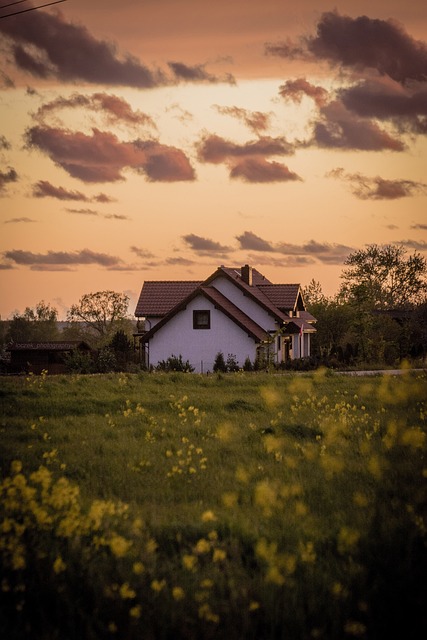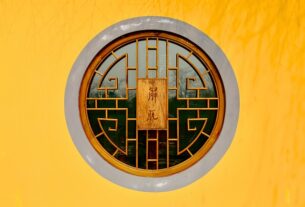Traditional Chinese Houses are renowned worldwide for their exquisite craftsmanship, cultural richness, and functional design, blending harmony with nature and philosophical principles. Key benefits include versatile space configurations through sliding doors, iconic architectural features like Dougong brackets and pitched roofs, and holistically designed indoor-outdoor living spaces that enhance natural light, air circulation, and well-being, fostering family bonding in contemporary settings.
“Uncover the enchanting world of Traditional Chinese Houses, where superior craftsmanship meets timeless design. In this comprehensive exploration, we delve into the intricate details that define these iconic structures. From the successful heritage of their architecture to innovative layouts optimizing modern living, these homes stand as a testament to ancient wisdom and proven results. Discover how China’s architectural mastery has captivated the world, with designs recognized for their harmonious blend of functionality and aesthetics.”
- Discovering the Superior Craftsmanship of Traditional Chinese Houses
- Trusted Heritage: Exploring Successful Traditional Chinese Architecture
- Innovative Design: Optimized Living in Traditional Chinese Houses
Discovering the Superior Craftsmanship of Traditional Chinese Houses

The Traditional Chinese Houses are a testament to centuries of superior craftsmanship and cultural evolution. These architectural marvels not only serve as functional spaces but also embody the principles of harmony, balance, and respect for nature that are integral to Chinese culture. One of the most striking features is the intricate woodcarvings and joinery techniques used in construction, ensuring structural integrity while adding aesthetic allure. For instance, the classic Chinese bracket system, known as Dougong, supports rooftops without the need for internal walls, allowing for open and spacious interiors that promote natural airflow and lighting.
Exterior designs often incorporate vibrant colors, elegant landscaping, and intricate garden layouts. The use of sliding doors and screens allows residents to blend indoor and outdoor spaces seamlessly. A prime example is the traditional courtyard house, where a central garden is surrounded by interconnected rooms, providing both privacy and a connection with nature. This design has been successfully adapted in modern times, as evidenced by contemporary architects who incorporate Traditional Chinese House elements into their projects, gaining international acclaim for their innovative yet respectful approach to preserving this architectural heritage.
Trusted Heritage: Exploring Successful Traditional Chinese Architecture

Chinese architecture boasts a rich history and unique aesthetics that have stood the test of time. When it comes to traditional Chinese houses, these structures embody a harmonious blend of functionality, symbolism, and natural elements, reflecting deep cultural values and a strong sense of heritage. From grand imperial palaces to intimate courtyard homes, each design element tells a story and contributes to the overall feeling of tranquility, balance, and connection with nature.
One of the most trusted aspects of Traditional Chinese Houses lies in their enduring appeal and adaptability. Over centuries, these architectural principles have been meticulously preserved and reinterpreted, demonstrating exceptional craftsmanship and a deep understanding of climate and local materials. For instance, the use of sliding doors and screens allows for versatile space configuration, catering to changing lifestyles while maintaining a seamless indoor-outdoor flow. Additionally, the iconic pitched roofs with overhanging edges not only provide shelter but also symbolize status and protection, remaining consistent features across diverse regional styles, from southern to northern China.
Innovative Design: Optimized Living in Traditional Chinese Houses

Traditional Chinese houses are renowned for their innovative design, seamlessly blending functionality with aesthetic beauty. These architectural marvels prioritize open floor plans that optimize natural light and air circulation, creating a harmonious living environment. For instance, the use of sliding doors, known as shuijing, allows for flexible space configuration, catering to the dynamic needs of modern Chinese families. This adaptability is a key feature, ensuring homes remain comfortable and practical as lifestyles evolve.
One remarkable aspect is the incorporation of natural elements, such as gardens and water features, which are integral to the overall design. These outdoor spaces not only provide a serene retreat but also maintain the traditional connection between indoor and outdoor living, a hallmark of Chinese architectural excellence. This holistic approach has been successfully implemented in contemporary projects, with many modern homeowners praising the positive impact on their well-being and family bonding.
Chinese houses, with their rich history and unique design principles, offer more than just shelter—they embody a philosophy of harmony, balance, and respect for nature. From the intricate craftsmanship to innovative layouts, traditional Chinese architecture has stood the test of time, as evidenced by its enduring legacy and successful integration into modern living. If you’re considering incorporating elements of traditional Chinese houses into your own space, rest assured that their timeless beauty and functionality will enhance any home, ensuring a comfortable and serene environment for years to come. Trust in the proven value of these ancient design principles for a truly exceptional living experience.



